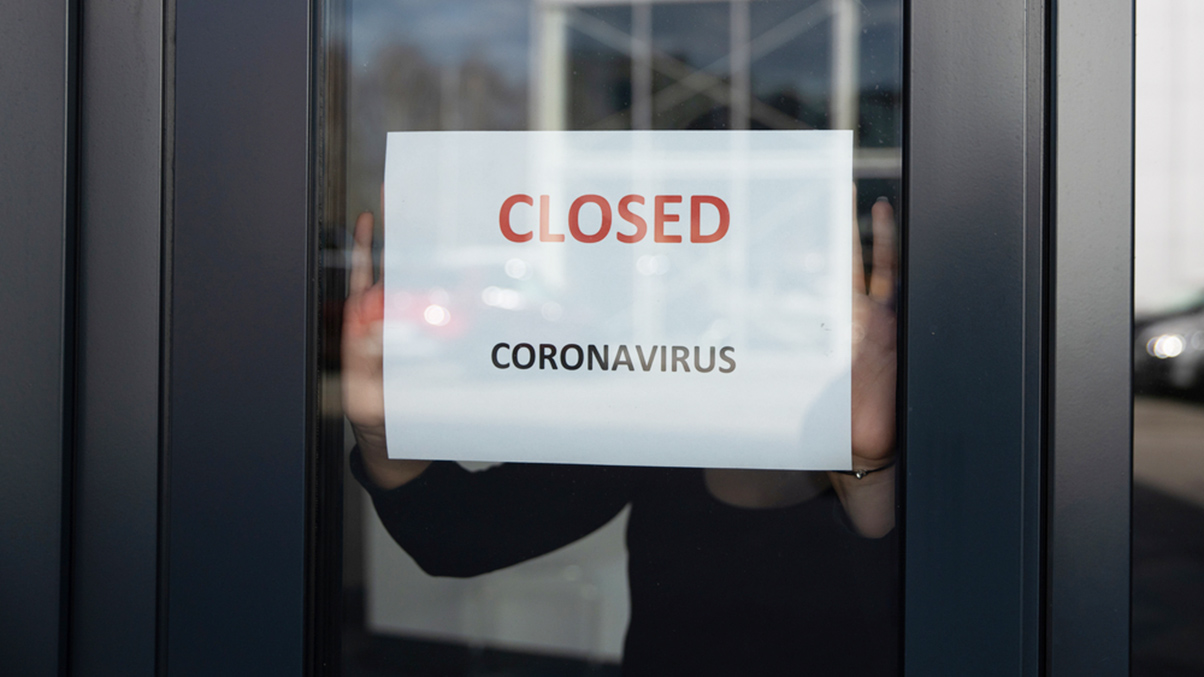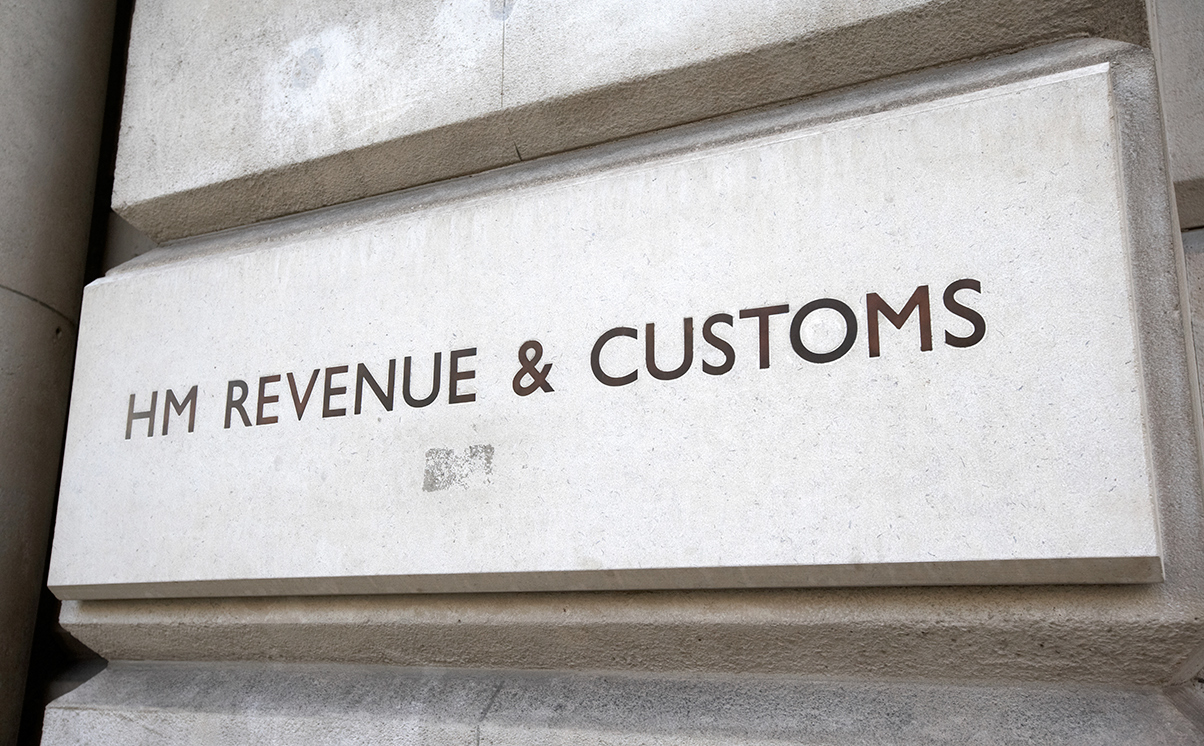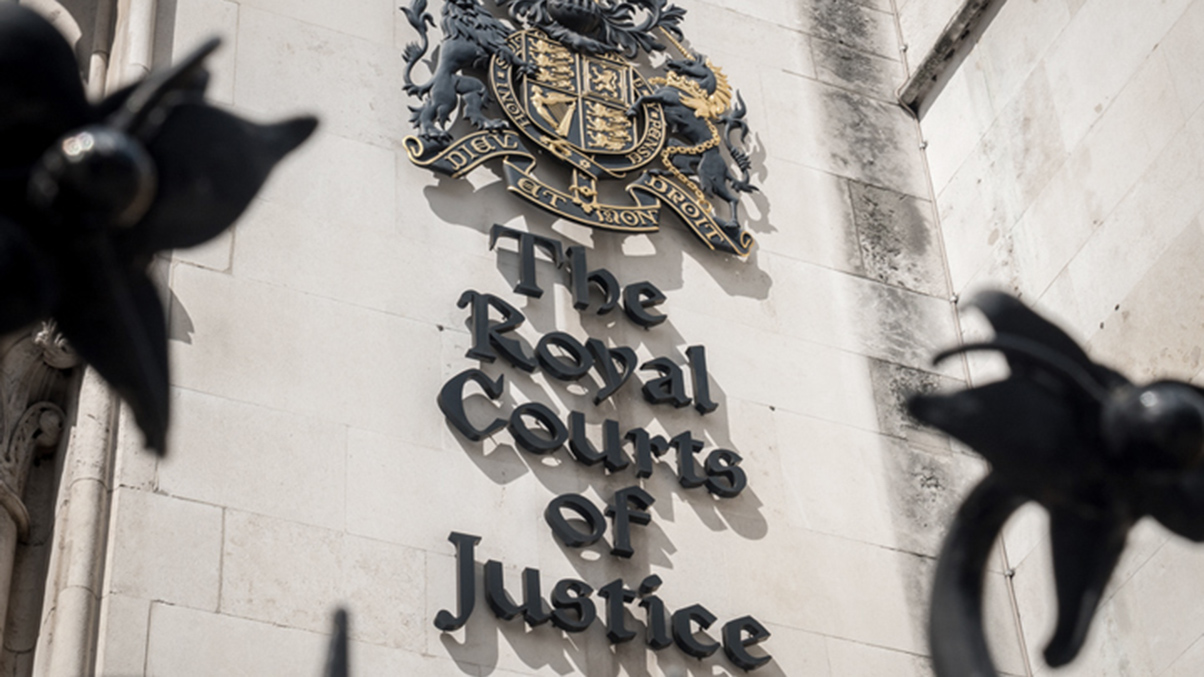The Coronavirus Job Retention Scheme (CJRS) is created and governed by Treasury Directions. These give it legal form and scope. HMRC has an obligation to issue guidance about the form and manner of claims and the information to be submitted and retained but does not have the power to set the scope or criteria for the scheme. In this article, Victor Cramer, a partner in our Tax Litigation and Investigations team, consider whether the CJRS contains unlawful restrictions and, if so, what affected employers can do about it.
HMRC’s guidance arguably introduced a threshold test for accessing the Coronavirus Job Retention Scheme. It appears to require employers to self-certify that their operations had been “severely affected” before making a claim. The Treasury Directions contain no such threshold.
The threshold may have dissuaded some employers from making claims which they were fully entitled to make. It may also have barred employers from using the flexible furlough scheme completely.
To access the later flexible furlough scheme, employers had to have put employees on the full furlough scheme for three weeks prior to 30 June. The threshold guidance was not removed until either 12 June, when HMRC removed the word “severely”, or 26 June, when the third Treasury Direction finally included a threshold as a matter of law. That was less than three weeks before 30 June, so anyone who was put off by the higher threshold was then unable to access the flexible furlough scheme at all.
Introduction of the furlough scheme
CJRS was announced by the Chancellor on 20 March 2020. HMRC’s guidance was released on 26 March. The Treasury Direction that actually created the scheme was made later, on 15 April 2020.
HMRC’s guidance of 26 March says that an “employer’s operations [must] have been severely affected by Covid-19” in order to use the scheme. The phrase “severely affected” was undefined. It carried the risk of declaring to customers, lenders and investors that an employer’s business was under threat. It also carried the risk that HMRC would review claims after the event to assess whether businesses had indeed been “severely affected” at the time they made claims.
When the Treasury Direction was made on 15 April 2020, it contained no such threshold. At most, it required that the furloughing of any employees resulted from the Covid-19 pandemic. Importantly, the Treasury Direction did not give HMRC the power to set entitlement conditions. It only gave them the power to specify the form and manner of the claim, and the information required to support it. To the extent that HMRC’s guidance set a threshold for accessing the scheme, that was arguably unlawful.
HMRC’s guidance has been clarified, and the “severe” requirement has been removed. Nevertheless, the timing of the clarifications means that any business which was deterred by the original test was effectively barred from the flexible furlough scheme. To understand how, it is necessary to look at the timeline to the different versions of CJRS, and some of the guidance that went alongside it.
Introduction of the flexible furlough scheme
At the end of May, Chancellor Rishi Sunak announced the introduction of “flexible furlough” from 1 July. From that date, employers could bring employees back part-time while claiming CJRS support for the hours not worked. As the country opens up more, there is an obvious attraction to the flexible furlough scheme.
On 12 June, HMRC issued revised guidance, which removed the word “severely”. The revised guidance simply says that you can use the scheme “if you cannot maintain your workforce because your operations have been affected”. While this is a lower threshold than “severely affected”, it still requires that employers “cannot maintain” their workforce. “Cannot” is a fairly emotive word.
On 26 June, a third Treasury Direction was issued. It set out the relevant threshold as a matter of law for the first time: it can be used in respect of any employees whose “employment activities have been adversely affected by the coronavirus and coronavirus diseases or the measures taken to prevent or limit its further transmission”. Importantly, the third Treasury Direction makes this change with retrospective effect, so that it clarifies what the threshold has always been.
The threshold for accessing the furlough scheme, or the flexible furlough scheme, is (and always has been) no higher than that “employment activities have been adversely affected”. That is a threshold which will apply almost universally.
Employers who decided to use the furlough scheme after the third Treasury Direction were free to do so, but there is a fly in the ointment. To access the flexible furlough scheme, an employee needed to have been on furlough for a period of three weeks from 10 June at the latest.
Who is affected?
Affected employers are those who:
- Opted not to use the original scheme because of the “severely affected” threshold
- Would have used the scheme with the lower threshold; and
- Are now unable to use the flexible scheme because they miss out on the three-week qualification window.
Such employers have suffered detriment because of the apparent unlawful threshold. They were unlawfully dissuaded from accessing the original furlough scheme and effectively barred from accessing the future flexible furlough scheme.
Any employer who only made use of the furlough scheme after 12 June or 26 June should look closely at why they made the decision at that time.
What can they do?
There do not appear to be any statutory rights of appeal through which to challenge the application of the three-week rule. Judicial review is available when the state makes a decision which is unlawful, irrational, or procedurally unfair.
There are a number of arguments which could be taken, but the front runner is a combination of illegality and procedural unfairness. By the time of the third Treasury Direction, HMRC had taken the active step of removing the word “severely” from their guidance. It seems likely they (or the Treasury) realised that the guidance was not aligned with the legal threshold. After aligning the guidance with the rules, the Treasury introduced a new, more flexible and extended version of the scheme. Affected taxpayers could only access the extended flexible furlough scheme if they knew of and applied the revised guidance days or weeks before it was issued.
The detriment suffered by affected taxpayers stems from both the unlawful threshold imposed by HMRC, and from the procedural unfairness inherent in the three-week qualification period being shorter than the period for which the new guidance on the threshold existed. The unlawful threshold and the procedural unfairness inherent in the timing are both arguable points in judicial review proceedings.
Taxpayers must apply for judicial review as early as possible, and no later than three months of the decision complained of, so any deadline will fall before the end of this month. While I do not expect the issue to be tested in the courts, it is a point which the Treasury should take into account when it next reviews the scheme. The problem is one they can easily solve, without creating additional risks.
Covid-19 is impacting individuals and companies around the world in an unprecedented way. We have collected insights here to help you navigate the key legal issues you may be facing at this time.
You can find further information regarding our expertise, experience and team on our Tax Litigation and Investigations pages.
If you require assistance from our team, please contact us or request a call back from one of our lawyers by submitting this form.
Subscribe – In order to receive our news straight to your inbox, subscribe here. Our newsletters are sent no more than once a month.






